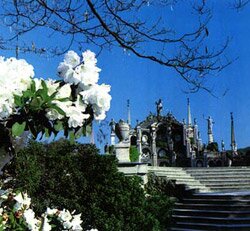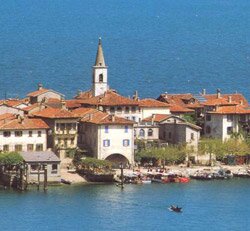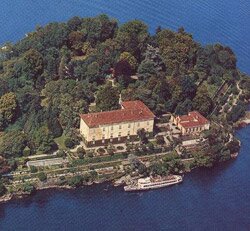|
|
|
|
 |
| |
| |
 |
| Borromee islands - Stresa |
|
 |
| |
 |
 |
 |
 |
Isola Bella
In 1670 Count Vitaliano Borromeo started construction of the monumental baroque palace, and began to landscape the majestic scenery of the gardens for which the Island became so famous, and which today still bear witness of the splendours of that bygone age. The stately Borromeo residence contains priceless masterpieces: tapestries, furniture, and paintings by great masters. The gardens bloom with every variety of trees and rare flowers which, in their succession of ornate terraces, provide a classic, inimitable example of the celebrated “Italian garden” of that period. Restaurant and Shops. |
 |

|
 |

Isola dei Pescatori
Fishermen’s Island owes its name to the activity of its inhabitants. The fascination of this island lies in the archaic simplicity and the rustic candour of its houses and narrow street. Good restaurants offer the opportunity of tasting the best fish from the lake. Shops.
|
 |

|
 |

Isola Madre
Is the largest of the Borromeo islands and the most characteristic one, with its atmosphere of the silence, meditation and enchantment: a garden of exotic plants and flowers where white peacocks, parrots and pheasants, flying in total freedom, give the charm of a tropical island. Isola Madre is particularly famous for its flourishing azaleas, rhododendrons and camellias. In 1978 the 16th century palace was opened to the public. The visit is interesting for the reconstruction of the antique interior decoration and for the liveries, dolls and ceramics collections. Exceptional exposition of “Puppet Theaters” from the 18th and 19th Centuries.
|
 |
|
|
|
|
|
|
 |
|
 |